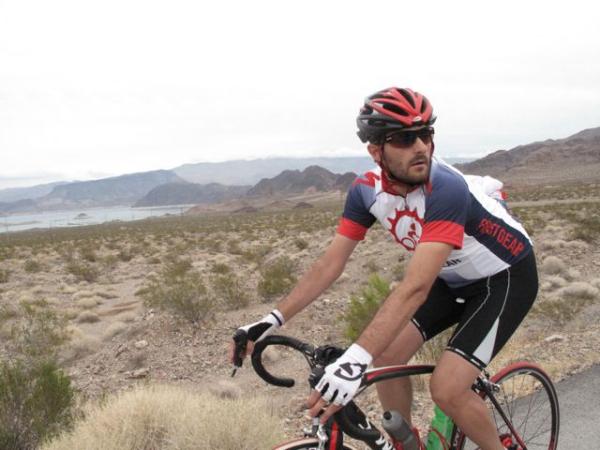Inside the Giant-Alpecin lead-out train with Tom Veelers
Dutchman to support Kittel at Tour of Qatar
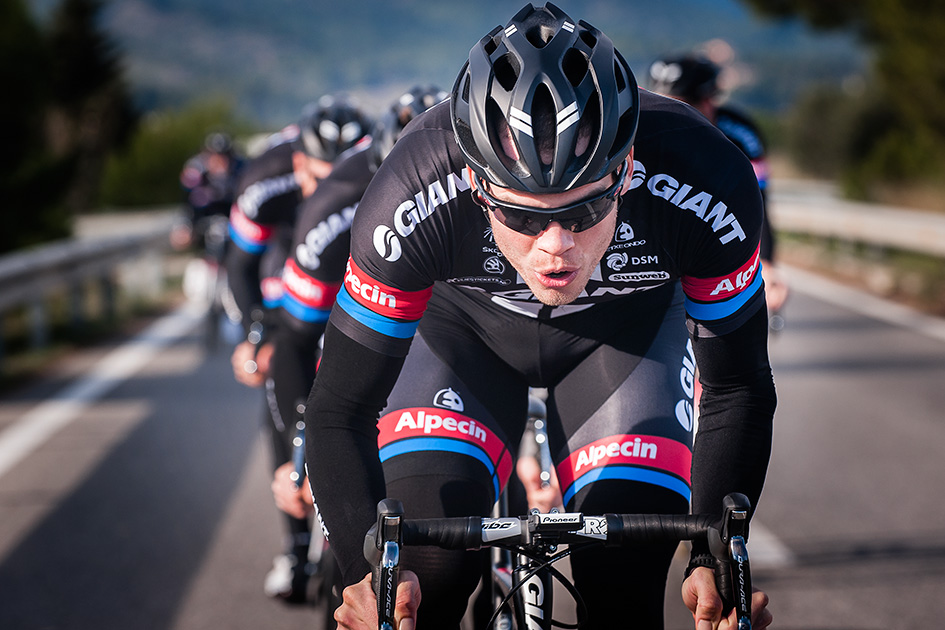
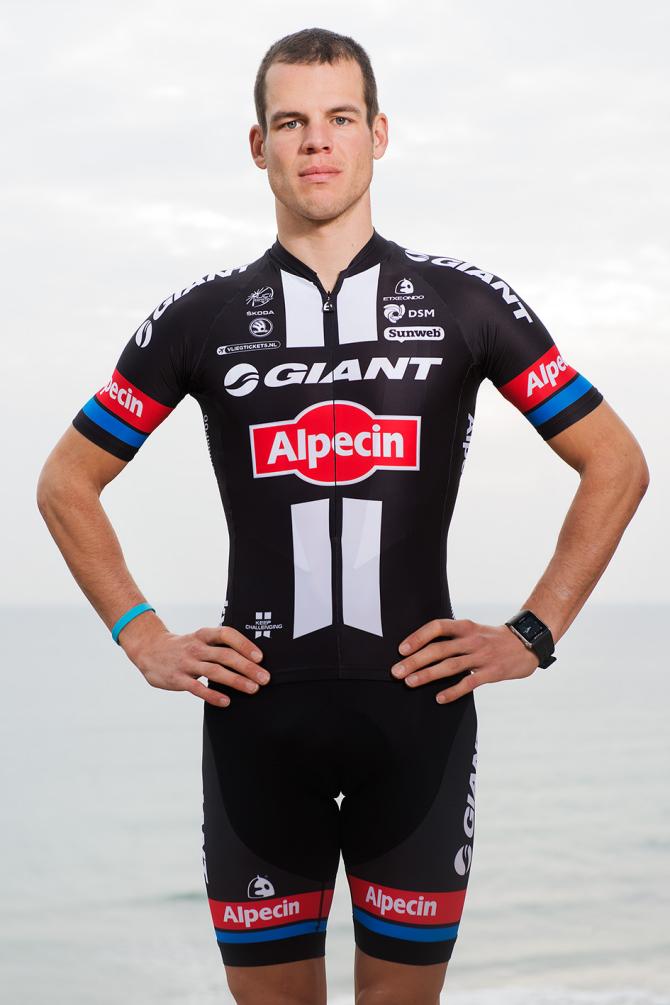
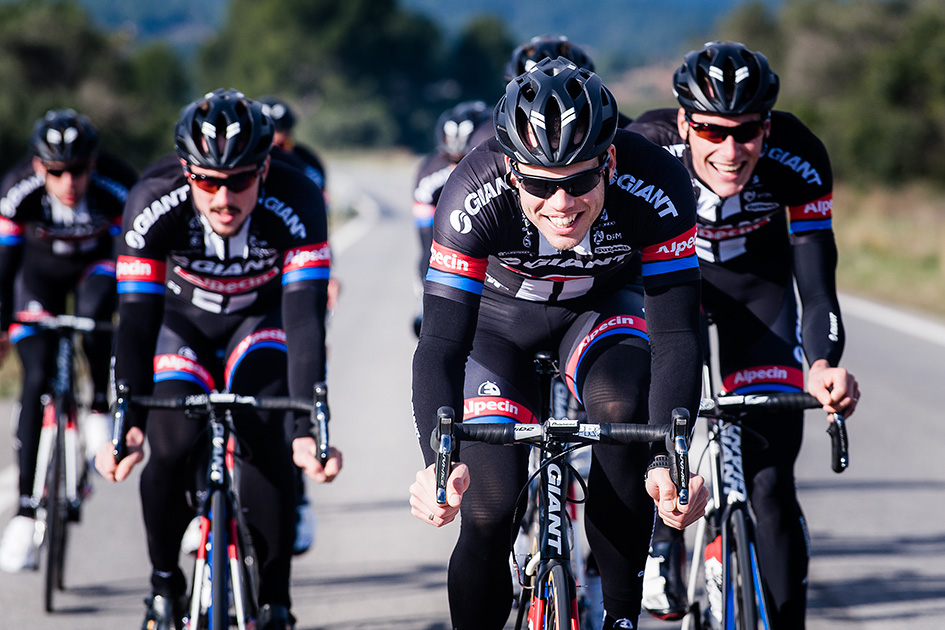
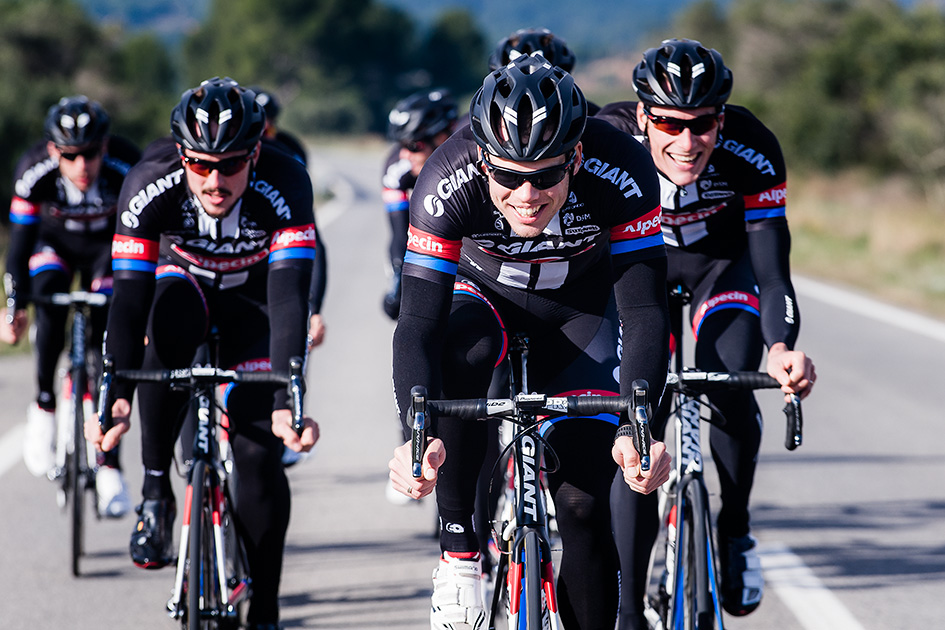
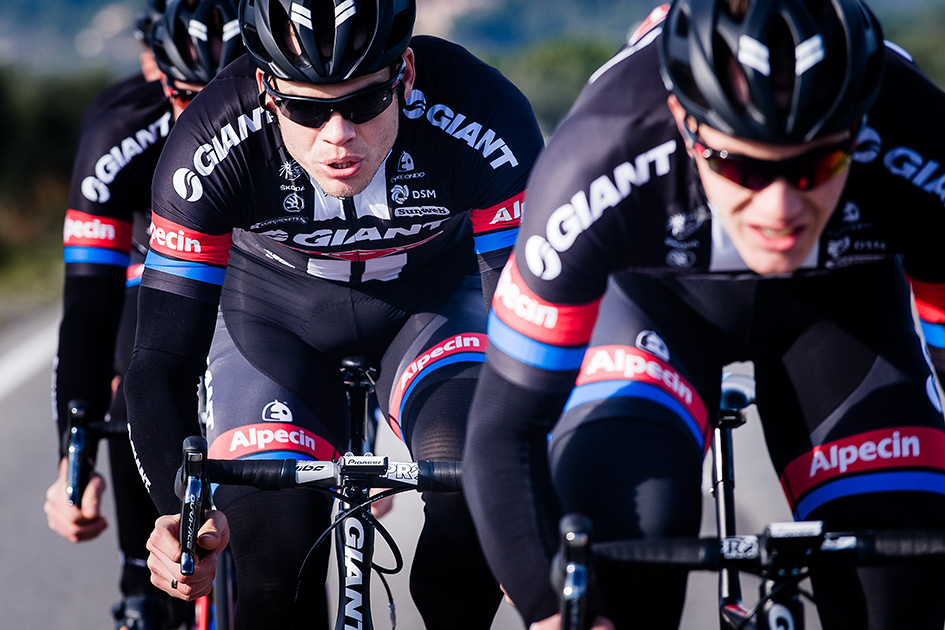
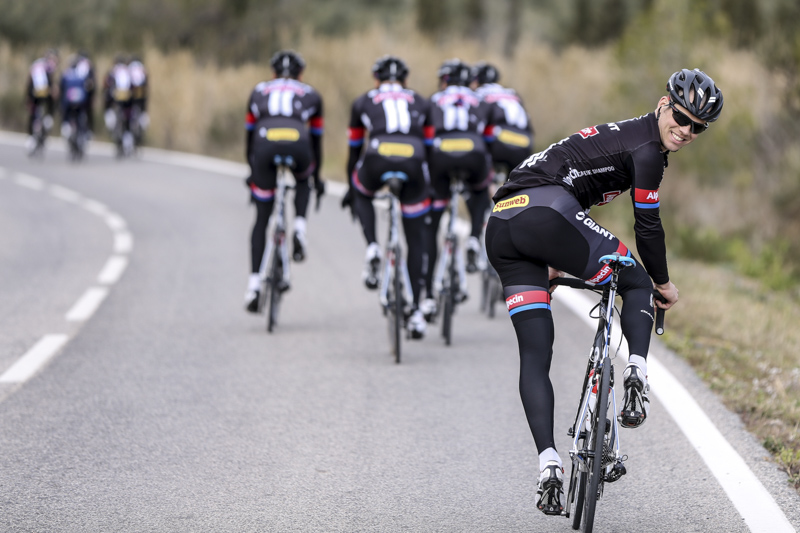
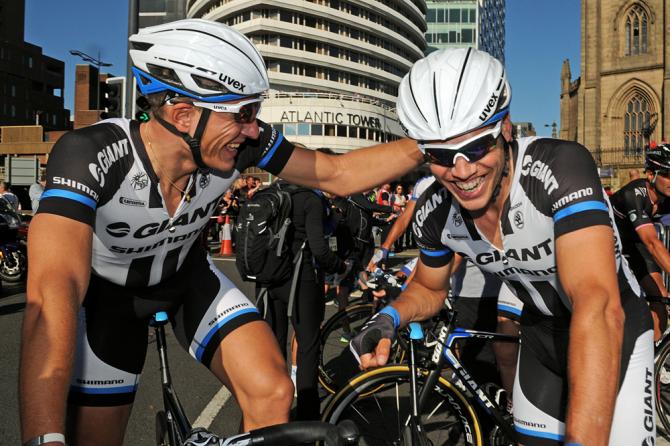
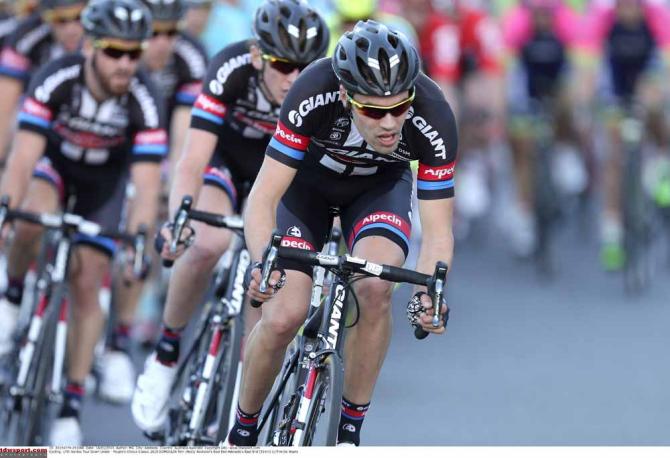
If Marcel Kittel is to be successful in this year’s Tour of Qatar it’s likely that he will owe much of glory to his Giant-Alpecin lead-out train, as behind - or this case in front - of every great sprinter is a volley of riders utterly devoted and in tune with their fast man’s needs.
Tom Veelers has been with the Giant-Alpecin team since turning professional. Back in 2008, the team were registered as Skil-Shimano and were pigeonholed as the plucky second division team with limited resources but a fair amount of heart and passion. A wildcard entry into the Tour that year warmed them to many fans but in the years since the squad has developed into one of the most respected and successful teams at the WorldTour level.
Kittel and John Degenkolb have been nurtured into two of the best sprinters of the last few years but Veelers has become a mainstay in the team, a fine sprinter in his own right but unquestionably one of the best lead-out men in the business.
“Of course we want to get some racing rhythm and that’s important for the coming races. For the lead-outs it’s important that we stick together but you never know in the Tour of Qatar because it could be chaos if there’s no lead-out,” he tell Cyclingnews as he welcomes us into his hotel room on eve of the race by offering us a chair.
Giant-Alpecin come into Qatar with their lead-out train looking for wins. Kittel picked off his first victory of the season at People’s Choice Classic in Australia but returned to Europe nursing a slight illness. He’ll look to feel his way into the race but with five potential chances to win, and a time trial that will offer him an advantage over his sprint rivals in the race for the overall, the German is very much in the category of favourites.
“I don’t like to say that there’s a lot of stages that we can win,” Veelers says with a wry smile, “but of course ever day there’s a new chance. Let's start with trying to win one and then we can try and go from there. We’ve not won here before so one stage would be a good start."

It’s all rather modest from a man who has helped propel Kittel onto the throne as the world’s best sprinter in the last two seasons but Veelers appears as down to earth as they come. Come race day that will all change though. He’s fought on the battle fields of Qatar’s deserts before and can testify to the severity of the conditions the race can throw up.
Get The Leadout Newsletter
The latest race content, interviews, features, reviews and expert buying guides, direct to your inbox!
The temperatures can play havoc with the northern Europeans who have travelled from far cooler temperatures; everyone is fresh and eager to impress after a long winter of hibernation and the crosswinds can be so selective that the race can often split from the run.
“Some guys are afraid of this race. On one hand you’re afraid and you don’t want to go in full gas and ride echelons but you have to go in and race aggressively. That has to be your mindset if you want to get good results good results. That’s what it’s all about, getting stuck in and really going for it. Qatar is a race,” he says before pausing, “where you need to ride aggressively. You can't miss a single corner where the wind can change or that’s it. Race over.”
Veelers isn't the only sheet in Giant-Alpecin’s armoury. In what they lack in household names they make up for in finally-tuned athletes who know each other’s game inside out. Every rider is aware of his task, his duty and his role with Veelers ultimately tasked with being Kittlel’s last man.
Are they the best lead-out operation in the world? “Well we have a super strong lead-out train and we can win with more guys than just Marcel. You can see it with John [Degenkolb], Nikias [Arndt], Luka [Mezgec]. I’m proud of that and what we’ve achieved together. It’s something that we want to keep on doing in the future.”
As we’ve seen with lead-outs and sprints in the last year, thanks to onboard footage, when the peloton winds up and reaches full throttle ultimate chaos is just a flick of a wheel away. Riding at speeds in excess of 70km/h Veelers and his kind have to operate at breakneck speeds, performing tasks that make even Youtube viewers grit their teeth and wince.
But the hair trigger responses needed in races are formed away from the races, at team camps, and in training.
“It’s all so quick and you’ve got to make decisions in a split second. But to form a lead-out, what you need is time to get to know each other. You need trust in each other and you need to work hard. Everyone in the lead-out plays their part so I’ll bring in the knowledge that I have and then they’ll bring what they know. From there we make a plan, and we share it.
“And every sprinter is different of course, and you need to work with that,” Veelers continues. “If you look at Marcel, he came to the team and at the training camps we could see that he was improving in the sprints. From that first he kept on improving. He was young and he had guys like me, Albert Timmer and Roy Curvers who were there to show him the way and how it works. So for example, with a rider like Degenkolb it was different. He was used to things at HTC but he needed to become confident in us, that we could bring him to the final 150 meters. That was harder for him than it was for Marcel in way.”
And within each lead-out train every autonomous angle and scenario must be covered and rehearsed. No rider is identical to the last as Veelers explains.
“Like I said, you need to get to know each other. Some riders want to ride a millimetre off the next wheel but I’m someone who needs a bit more space. That’s my particular style. It all depends on the riders. So let's take Nikias Arndt. He can push massive watts while in the saddle, then you have other riders who need to get out of the saddle in order to do that. That means they’re throwing their bike and you have to be more calculating when you’re on their wheel.”
The evolution of the lead-out train is something Veelers has witnessed and been part of first hand. Mark Cavendish and HTC re-created a blueprint starting around 2008 that set the benchmark for everyone to follow. It took time but over the years, and with HTC’s demise also a factor, a number of squads have invested and established their own techniques. One team in particular brings their entire lead-out team into the windtunnel just to find the most aerodynamic and resourceful line-up – not just for themselves but one that will intentionally disadvantage the opposition.
Veelers says that Giant-Alepecin haven’t taken that step but he admits that several teams have raised the bar in recent years.
“That’s because more and more teams are improving their trains, sprinters are using more guys to help them and teams are generally getting stronger. Of course HTC was the biggest team several years ago but for us timing is important. We have riders who understand each other really well," he says.
“Take Etixx. They’re a really strong train and they can do a lead-out from five kilometres out. For us, we’re of a team that needs to have better timing, so we need to time our sprint later.
“That means if you take someone like Timmer, he’s massively important for us because he’s the first guy for us. He knows where to go and with what speed. It’s all about knowing each other inside out.”

Daniel Benson was the Editor in Chief at Cyclingnews.com between 2008 and 2022. Based in the UK, he joined the Cyclingnews team in 2008 as the site's first UK-based Managing Editor. In that time, he reported on over a dozen editions of the Tour de France, several World Championships, the Tour Down Under, Spring Classics, and the London 2012 Olympic Games. With the help of the excellent editorial team, he ran the coverage on Cyclingnews and has interviewed leading figures in the sport including UCI Presidents and Tour de France winners.
